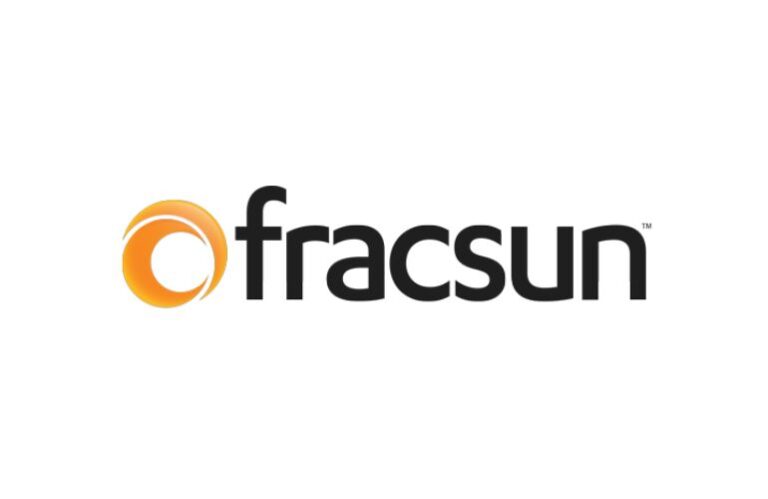Fracsun has announced the launch of its AI-powered pollution loss modeling tool called CLEO AI. This advanced solution enables the entire solar development industry to refine their production models and improve energy yield assumptions.
The new model, developed by Fracsun’s team of industry experts, integrates accurate local measurements of pollution loss on the ground, detailed weather data and machine learning algorithms to deliver accurate, localized simulated annual pollution losses. Unlike static, general approaches, this dynamic model takes into account evolving factors such as particulate matter concentrations (PM2.5 and PM10), nitrate and sulfate levels, seasonal trends and the impact of wind and precipitation.
“Our goal is to provide solar production modelers with the tools they need to continuously improve performance modeling and maximize returns,” said Catlin Mattheis, CEO of Fracsun. “By generating a Typical Meteorological Year (TMY) for daily pollution loss data, our model provides detailed, site-specific simulations of pollution losses, allowing users to refine their production models and plan future maintenance schedules accordingly.”
Fracsun’s solution builds on the extensive network of pollution monitoring stations, deployed in 27 countries and accounting for more than 12 GW of installed solar capacity. Using machine learning, the model continuously learns from this growing data set, integrating new parameters such as module tilt and weather forecasts to deliver increasingly accurate results.
“Pollution is a dynamic, site-specific challenge that can significantly impact solar performance over time,” Mattheis continued. “With the CLEO AI-powered model, our customers can now proactively manage this problem, optimizing maintenance plans and production forecasts to maximize the return on their investment.”
News item from Fracsun


